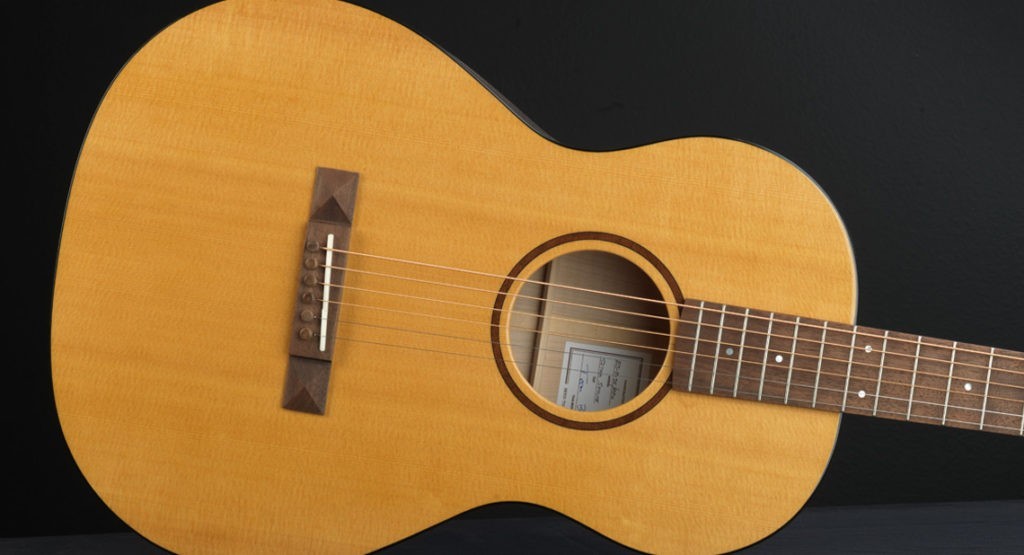Bigleaf Maple

One of the most plentiful American hardwoods, bigleaf maple (also called Oregon maple and broad leaf maple) is a hardy and irrepressible species that grows primarily in the Pacific Northwest. It can thrive in a variety of soil and environmental conditions; it is flood tolerant and reproduces vigorously. In managed forests, it is nearly impossible to eliminate bigleaf maple – abandoned stumps refuse to give up, and will grow numerous new shoots without any human intervention. Appropriately named, the leaves from a bigleaf maple tree can measure up to a foot across, and as a result it is often planted as a shade tree. If you’ve ever seen a maple in the fall, you know it is also particularly beautiful when its leaves turn to sunset shades of yellow, orange, and red. On average, most bigleaf trees live to be around 100 years old; they generally reach 50 to 60 feet tall and two to three feet in diameter. It is nearly impossible to salvage fallen bigleaf maple for fine instruments because once fallen, the wood immediately begins to stain and rot, compromising the structural integrity of the wood fibers.
The body and sides of your instrument likely came from a century-old bigleaf maple tree. Here’s what its life would have been like if it sprouted in the wild…
Just a few years after the Grand Canyon became the third U.S. National Park, a little maple seed it germinated in the fertile soils of the Pacific Northwest. At the same time, across America, suffragettes were campaigning for women’s right to vote, with slogans such as “Woman’s Cause is Man’s; They Rise Or Fall Together.” By the time the seedling was just a few feet tall, life was free and easy – a plentiful food supply ensured the local deer, elk and beavers would not overgraze on our little seedling – but the global political scene wasn’t nearly as peaceful – the nations of the world were deeply embroiled in the first World War.
At the ripe old age of ten, our tree eased into adulthood alongside red alder, western redcedar, Douglas fir, and western hemlock, while Prohibition and the Roaring Twenties came and went, and around the time Save the Redwoods League began buying the last old-growth redwood trees to ensure they would be around for future generations. The newly matured young maple’s winged seeds, shed annually in the fall, began providing food for squirrels, evening grosbeaks, chipmunks, mice, and birds. By the 1980s, the decade that began with the heartbreaking loss of John Lennon and ended with the fall of the Berlin Wall, the maple’s growth was beginning to slow. For the next few decades, while the information age dawned, as the Twin Towers fell and as climate change became a hot topic, the tree would only grow by a few inches at most. By the time the maple approached the end of its life in the second decade of the twenty-first century, there were nearly 60 protected national parks, over 7,000 state parks and the mighty maple that grew from a tiny seed was discovered and sent to Bedell Guitars to become a guitar.







